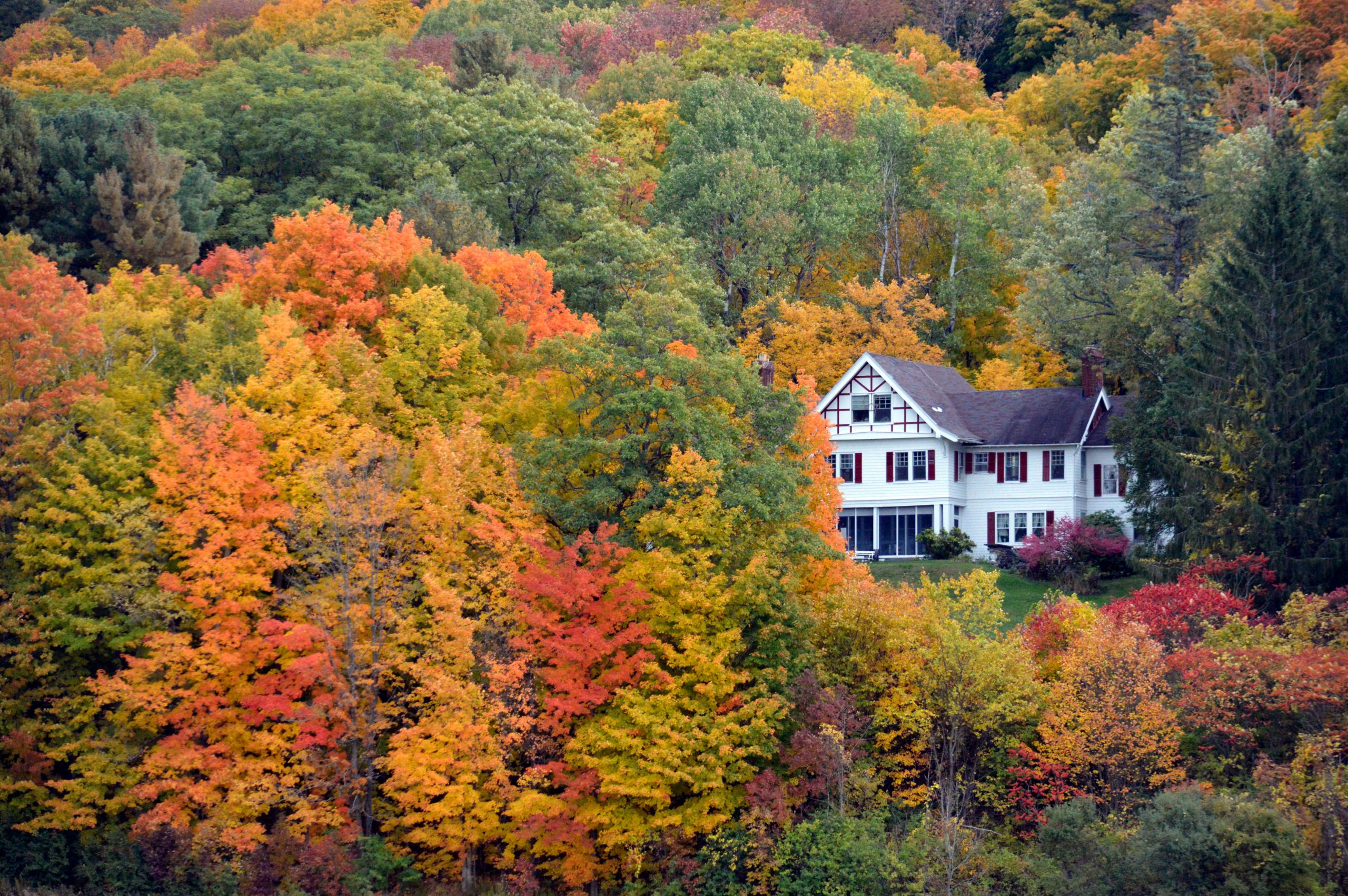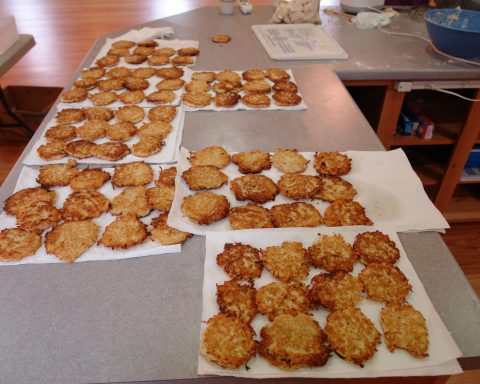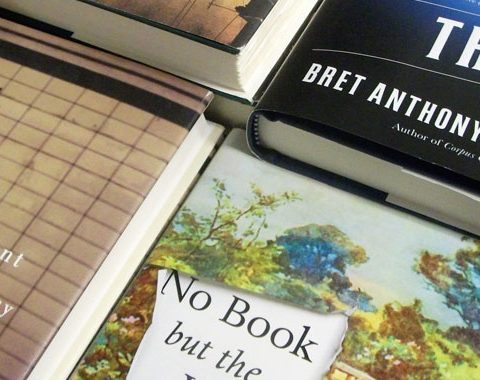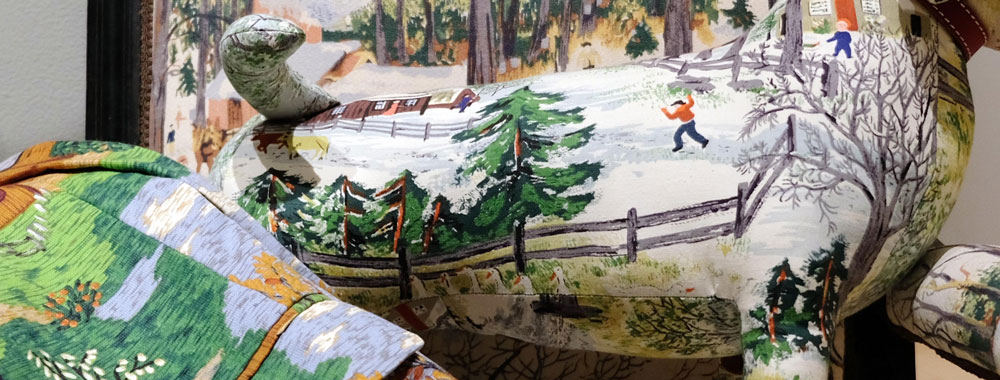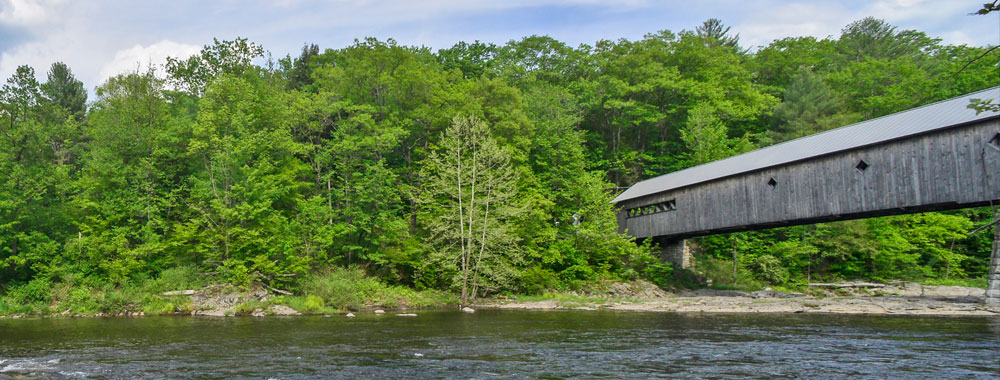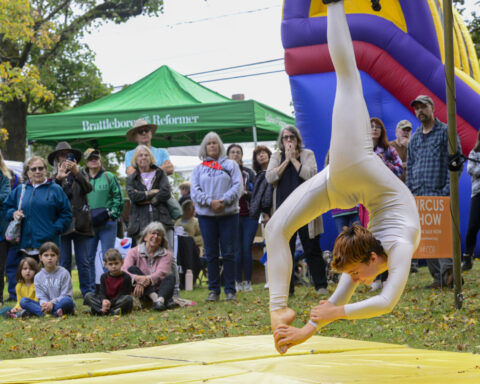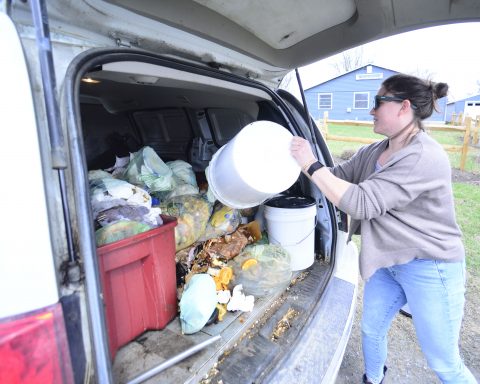By Larry Parnass
It’s the fish that got away. So far.
One of the fall foliage images that haunts photographer John Starsja has a place: an area not far from the Sterling and Francine Clark Art Institute in Williamstown, Mass. It has content: cows in a field flush with changing leaves.
But this photograph doesn’t exist yet. Starsja hopes to get back and find it again.
“I’ve got it in my head. I saw that photograph,” he said. “I’ve seen it.”
Expert photographers, like anglers, have a habit of returning to places that have paid dividends.
When it’s fall foliage season, they travel armed with principles that help them capture more than brilliant color.
In conversations with UpCountry, four shared thoughts on how they approach shooting what, come October, may be the most photographed subject in New England. All embrace the challenge of finding a new scene in a familiar landscape.
He’ll take it over New Hampshire
 Jim Smith, of Adams, retired to Berkshire County after years of teaching in southern New Hampshire. He finds the areas around his new home more fruitful for landscape photos, including foliage images, than the Granite State, where he had to drive north for the best fall color.
Jim Smith, of Adams, retired to Berkshire County after years of teaching in southern New Hampshire. He finds the areas around his new home more fruitful for landscape photos, including foliage images, than the Granite State, where he had to drive north for the best fall color.
“I’m in seventh heaven now that I’m retired and have some time,” he said. And his creative juices are already flowing. Near the end of July, he spotted a branch with leaves shading to orange on Fred Mason Road in Adams.
That tree was jumping the gun, but it reminded Smith that fall was near, and the narrow window for foliage photography, late September to mid-October, was about to pop open.
As with all landscape work, the best times to go out are early and late, when the sun is lower in the sky. That means 8 to 10:30 a.m. or 4 to 6 p.m. Smith also likes cloudy days.
“The colors are much more vibrant. You don’t have the sun coming down and washing out your colors,” he said.
Beyond picking the right time, Smith says memorable foliage photos, like all images, ask the shooter to be a careful observer. He’s looking for objects in the frame that will be important to viewers, increasing the image’s value. “I don’t go out and just start snapping away,” he said. “I’m doing a lot of analyzing long before I push the shutter.”
What do people most want to see in foliage images?
“Color, color, color,” he said. “The more colors that you can grab is what, I think, viewers are looking for.”
Smith also likes a sense of tradition in foliage photos, perhaps because changing seasons, and outdoor, rural spaces, already seem timeless and eternal.
Water — the magic ingredient
 Amateur photographers might just stay home. But when it rains during foliage season,
Amateur photographers might just stay home. But when it rains during foliage season,
Sharon Lips hears a call.
“I love rainy days. The colors are really brilliant,” she said. “Water and foliage are an unbeatable combination.”
Lips, a bookstore owner from East Chatham, N.Y., returned a decade ago to an early love of photography and is active with the Berkshire Museum Camera Club, exhibiting her work during the club’s 75th anniversary in 2013. She is a member of the Berkshire Photography Group.
Lips also finds silver linings on cloudy days, knowing they tend to produce softer and more even light. Those conditions extend favorable shooting hours from early and late in the day by reducing glare and shadow.
When on the hunt for images, Lips is a blue highways traveler, sticking to back roads. If a road forks and one route goes up, she’s likely to take it in search of overlooks, particularly in foliage season.
That enables her to freshen her perspective and increase the odds her viewers will be taken somewhere new in an image. “Frequently change your vantage point so you are looking down or looking up,” Lips said.
“You really want to find a different way of expressing those patterns and light,” she said, “and that’s not easy to do. … It’s harder to delight people with run-of-the-mill foliage pictures.”
“I love exploring and seeing what I can find,” she said. “I celebrate the seasons as they come.”
Doubling down on color
 Scott Barrow, a fine-art photographer with a gallery in Lenox, Mass., has traveled the globe in search of people and scenes for his work. Images from a trip to Myanmar are now on view in his gallery.
Scott Barrow, a fine-art photographer with a gallery in Lenox, Mass., has traveled the globe in search of people and scenes for his work. Images from a trip to Myanmar are now on view in his gallery.
But far closer to home, he’s been drawn to foliage scenes and says he once devoted a week to shooting just that.
“I was just playing. Fall foliage was the toy I was playing with,” Barrow said. “It’s just fun to be out in it. It’s a party. It’s the last hurrah of a season. You just have to embrace it.”
One thing he looks for is the interplay of light on leaves and water.
“I’m always looking at how light is affecting what it’s hitting,” he said. When a lake or stream is present, he observes the effects. It may be reflection. “And then you get double the color, really,” he said.
But he’s looking as well at the water itself. “The color of the water changes based on the foliage around the lake.”
And play he did. He studied the look of leaves under water’s surface. Droplets on leaves. He even froze colored leaves into a block of ice, then shot it from below as if looking up at a frozen river.
“It’s all about light,” Barrow said. “There are a thousand subjects here.”
With reflection, the foliage itself is taking a bow. But practiced hands work to get other points of interest into their foliage images.
Barrow recalls shooting one that featured a gate at the Church on the Hill in Lenox. By bringing landscape features into the foreground, photographers provide a sense of scale and give viewers more to absorb, enriching the image.
“It’s the support system for your photograph, really” Barrow said. “That lets the foliage be the background. I’m just always observing things. The beauty is in the details.”
He’s big on the basics
 One of these days, John Starsja may return to Williamstown for those cows amid leaves.
One of these days, John Starsja may return to Williamstown for those cows amid leaves.
If he does, he’ll be looking for more than color. Like his colleagues, Starsja, a past president of the Berkshire Museum Camera Club, is a stickler for foreground objects in his photographs.
“If there’s nothing in the foreground, you don’t have a reference point,” he said. It could be a barn or a tractor. “You have to plan the photograph in its entirety.”
Part of that is his itinerary itself. He’s partial to landscapes along the Deerfield River.
Like other club members and professionals, Starsja is mindful about when he ventures out, knowing that “the golden hour” of light — which comes early and late — will affect what he captures.
“The light has a completely different texture. The golden hour is the time to shoot. It brings everything out so nicely,” he said.
Once you find a good location, go crazy, he suggests.
“Try everything. The nice thing about digital photography is that it doesn’t cost you to pull the trigger.”
Go for closeups and vistas. But be sure, Starsja said, to include elements in the frame that add interest. That practice supplies a reason to be for a photograph, beyond sheer color.
Without it? “The mind doesn’t stay interested in the photograph long enough to appreciate it.”
And observe the rule of “thirds.” (See “5 steps to memorable foliage photos,” below.)
The rule of thirds “allows the eye to wander in a way that is pleasing to the mind,” he said of that principle.
Come fall, it’s hard not to take joy in how color blankets hillsides. That’s what sends Starsja and other shooters out again and again.
Their goal?
Starsja puts it this way: “So you can see what I saw.”
5 steps to memorable foliage photos
1. Find your point of interest
Practiced shooters follow the “thirds” rule: Imagine two sets of parallel lines in your viewfinder, two horizontal, two vertical. The four spots where those lines intersect create points of interest. Work to place objects you want to emphasize there. Too much theory? Then just avoid putting your subject in the smack-dab middle of the frame.
2. More than leaves
While the crimson reds and coppery yellows may mesmerize you, work content into your image. Maybe it’s a tractor in the foreground, river rocks or grazing cows. “You need a focal point. Just shooting a mass of leaves doesn’t get you an interesting image,” said Sharon Lips of East Chatham, N.Y.
3. Edit your images
By using digital editing software, make sure your image is making the most of the color you captured. Programs like Lightroom and Photoshop allow photographers to bring out the brightness of the color. “I go to the point where it gets ugly, and back off,” photographer John Starsja said of such adjustments. If you shoot on an iPhone, use the built-in editing function. Other digital editing programs are available for free online.
4. Go out early and late
Harsh midday light creates hard shadows that can detract from your image. Early-morning light is more diffuse. Cloudy days filter out the hard light as well. Foliage shoots are a bit more forgiving, suggests Scott Barrow. “When it comes to fall foliage the rules aren’t the same because it looks great in the middle of the day.”
5. Take backroads. Explore. Breathe. Enjoy.
— Larry Parnass
